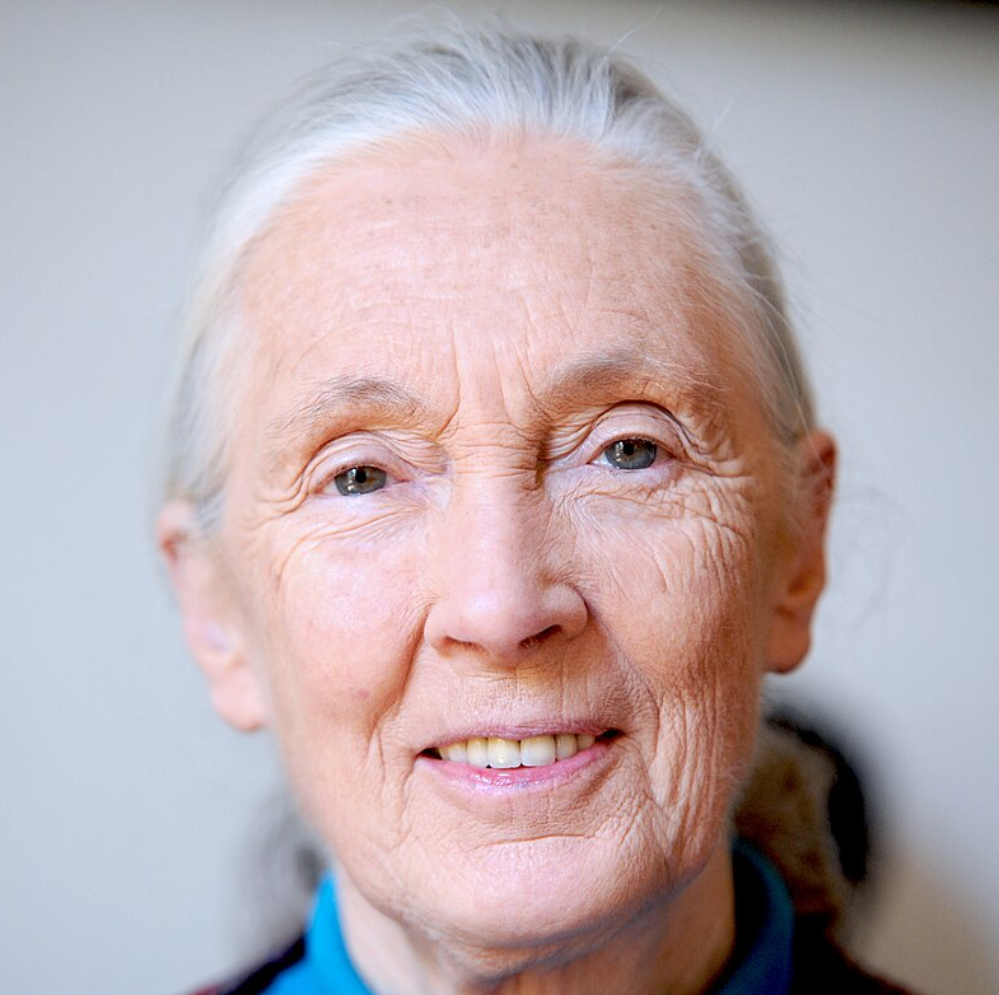In 1960, a 26-year-old Jane Goodall arrived in Tanzania’s Stream Chimpanzee Reserve, beginning her journey into becoming a renowned primatologist and ethologist. Goodall dedicated her life to researching chimpanzee behavior and emotions before she passed away of natural causes at age 91 on Oct. 1.
Born in London in 1934, Goodall devoted most of her childhood to her interests in animals. Goodall claims this fascination began at four years old, when her mother took her to a farm.
“Young Jane immersed herself in storybooks about wild animals and dreamed of a life in Africa like Tarzan and Dr. Dolittle,” the Jane Goodall Institute writes.
In 1965, Goodall graduated with a doctorate in ethology from Cambridge, before beginning her field research career as one of three women selected by paleoanthropologist Louis Leakey to study primates. Whilst in Tanzania, Goodall met an older chimpanzee at the reserve, which she named David Graybeard, and followed him through the forest. Goodall saw Graybeard sitting by a termite hill, using a grass stem in hand to poke the hill and extract the mites, and realized that these animals create and utilize tools.
“Most astonishing of all, I saw chimpanzees fashion and use crude implements-the beginnings of tool use,” Goodall wrote in a 1963 article with National Geographic. “This discovery could prove helpful to those studying man’s rise to dominance over other primates.”
Goodall saw that on top of using tools, the chimpanzees used gestures to communicate with other primates. These gestures proved the animals were much more intelligent than what was understood of them.
“She and her own first love, Hugo van Lawick, who had been sent to photograph her work for National Geographic, observed many gestures that looked human, with the same meaning: the pat on the back, the clenched fist, tickling, nods,” a writer from The Economist said on Goodall’s discoveries.
However, despite her blazing record as a scientist, Goodall faced much backlash over the course of her career. Goodall’s preferred method of observation was to be as interactive with the subject as possible, instead of the standard naturalist observation, and saw the primates as individuals, rather than subjects, choosing to give each of the animals a name instead of a number. This difference in practice led to skepticism from fellow ethologists about the quality of Goodall’s work. Yet, despite the criticism, she never changed her methods.
“It was criticized as unscientific, but she proved that science could extend its boundaries without losing rigour,” primatologist Mireya Mayor said to Scientific American.
Over the course of her life, Goodall received recognition for her innovative discoveries about chimpanzees. In 2004, Goodall was awarded Dame of the British Empire, and was named a Messenger of Peace by the United Nations in 2009. In 2025, Goodall was appointed the US Presidential Medal of Freedom. In efforts to educate a younger audience about Goodall, Mattel released a Barbie version of the scientist in 2022, making her from recycled plastic as a part of the brand’s Inspiring Woman Barbie collection.
Goodall’s life is a display of hard work and dedication to her passion. Despite initial pushback on her practice, she never lost sight of her goals, and defied gender roles of her time. Goodall stands as an example of a hard worker that remained strong in the face of criticism from others in her field. Her story lives on as an example of how passion can lead to a life of achievement.
“A message to the world would be, don’t forget that you as an individual make an impact on the environment every single day,” said Goodall to CNN. “And it’s up to you to choose what sort of impact you make.”



